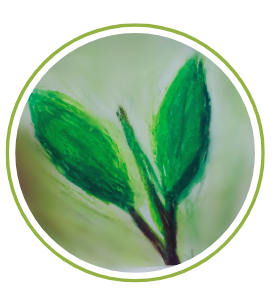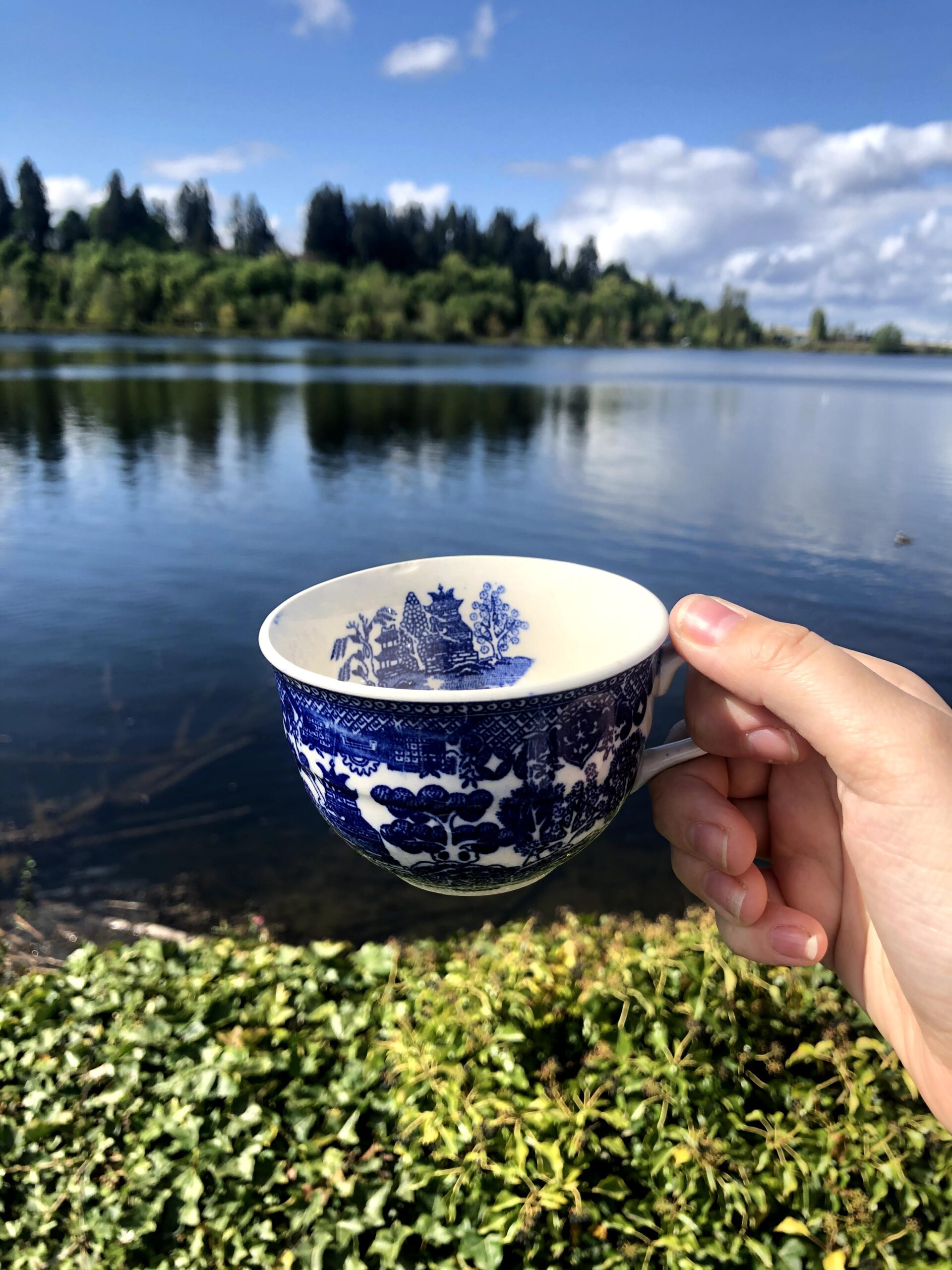By Jordan in 2018
Tea is made from all sorts of things. herbs, flowers, fruit, leaves, but if the plants bear no relation to Camellia sinensis, they’re not true tea, (Camellia sinensis is the plant of Green tea, white tea, yellow tea, oolong, pu-erh tea, and black tea).
Tea is the second most popular drink in the world, the first most popular is water. Tea most likely originated in southwest China. The history of tea is long and complex, spreading across multiple cultures over the span of thousands of years. Chinese used tea as a medicinal drink during the Shang Dynasty, (the Shang Dynasty was a kingdom in China). The earlier record of tea drinking dates to the 3rd century AD, in a medical text written by Hua Tuo. Yuanhua, was a Chinese physician of the late eastern Han dynasty. The book of the late Han recorded Hua Tuo as the first person in China to use anesthesia during surgery. Now tea is part of a $10 billion dollar industry.
Drinking tea became popular in Britain during the 17th century. English breakfast tea is the most famous tea in Britain.
Tea leaves have more caffeine than coffee beans but when tea is brewed it has less caffeine than coffee. Tea caffeine content is extracted during the first ten seconds of brewing.
All tea has a lot of medicinal properties for many of things.
Loose leaf tea has the best flavor because the leaf can fully expand and brew fully.
Iced Tea:
The first time iced tea was sold was in 1904, by Richard Blechynden. Richard was selling hot tea at the World’s Fair and it was a hot day so he iced his tea to sell it. It became a new craze. Of course households in the southern United States had been serving it on hot days before the world’s fair in St.louis, but Richard Blechynden was the first to sell it. Iced Tea became people’s favorite beverage all over the world.
Green tea and White tea:
Green tea is the most famous tea in the world. Green tea is unoxidized and most closely resembles the original plucked leaf, a small springtime leaf bud that contains abundant nutrients and oils sent up from the roots after a period of winter dormancy. Green tea is known for it freshness. The most prized green tea is in China. They are referred to as pre-qing ming, of (before the spring festival) which falls in early April. Green tea comes in different shapes: flat, needlelike, curled like a snail, rolled into balls, or the fine twists. White tea is the least processed of all tea. White tea is considered one of the healthiest teas, as it contains antioxidants, such as catechins and polyphenols, concentrated in the bud that help strengthen the immune system.
The Tea bag was an accidental invention. In 1908, Thomas Sullivan, a tea merchant from New York City, sent his clients samples of tea in a small silk drawstring bags. He expected them to remove the leaves from the bag, but they didn’t. They brewed the tea in the bag and were so pleased with the results that they asked for more. There are so many different kinds of bagged tea. The best tea bag is the pyramid tea bag. It’s shape enables it to a better infusion as water infiltrates it. It has more infusing space. Round or square tea bag leave little room for the tea leaves to infuse. Blooming tea is dried tea wrapped around one or more dried flowers. The tea unfurls to reveal the flowers within. Loose leaf may require a little more effort than a tea bag, but it is still very simple, and makes a world of difference to the quality of your cuppa. (Cuppa means a cup of tea).
SHELF LIFE OF TEA:
Even though the tea leaf feels very dry, it contains 3 percent moisture and volatile oils, which are vital to its flavor. These oils will evaporate if the leaves are not stored properly. Green tea has the shortest shelf life at 6-8 months, while oolong lasts 1-2 years. Black tea has the longest shelf life of over 2 years, but if it is flavored or has added spices or fruits, it may degrade more quickly.


